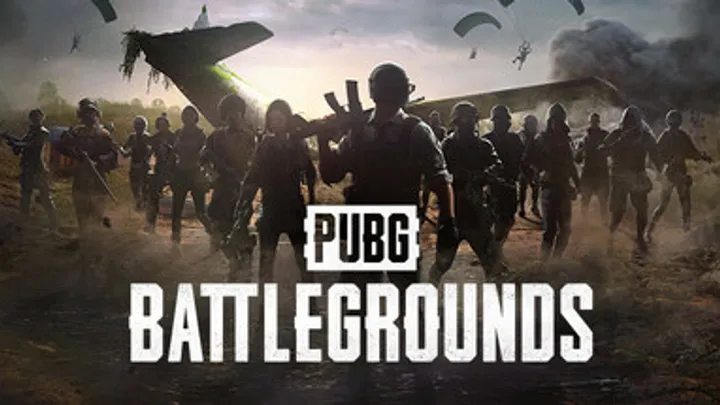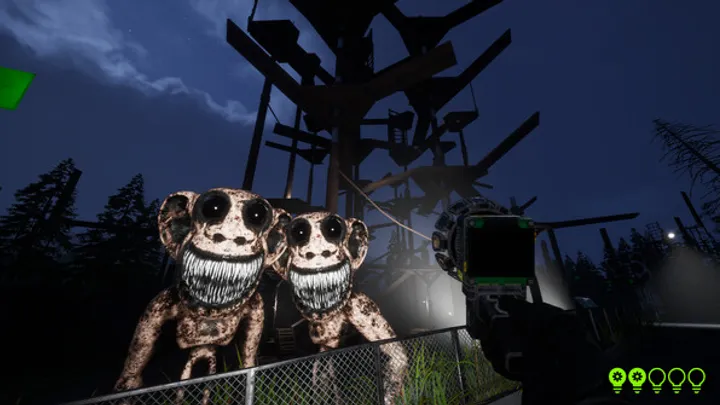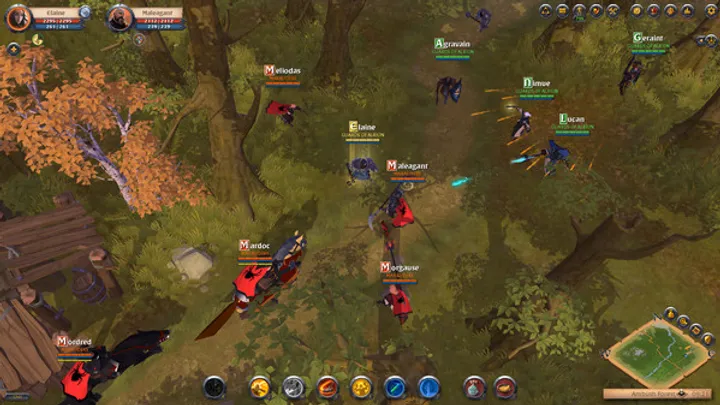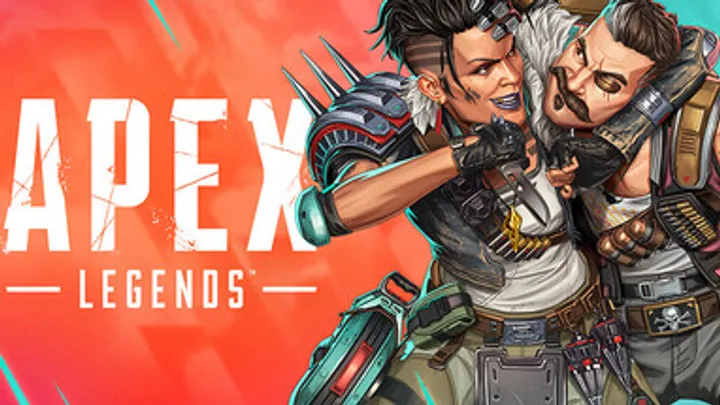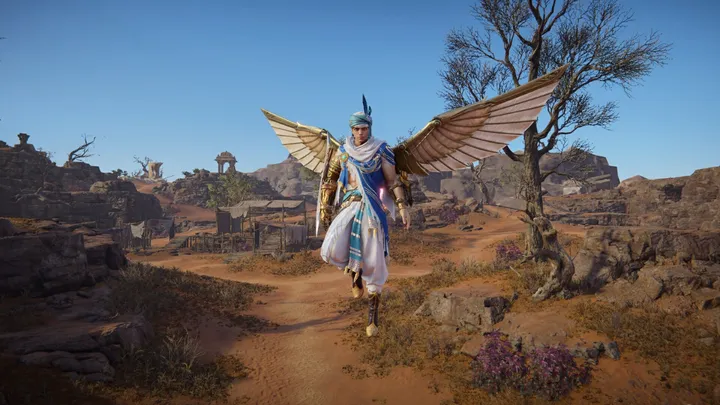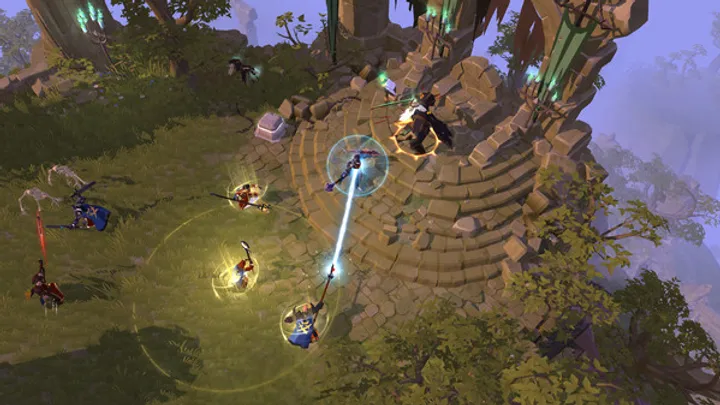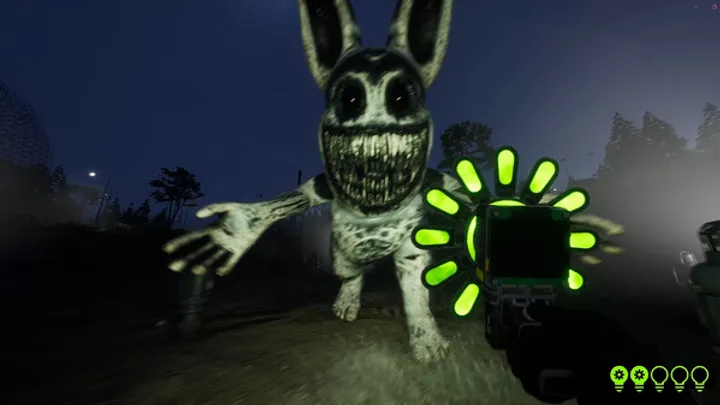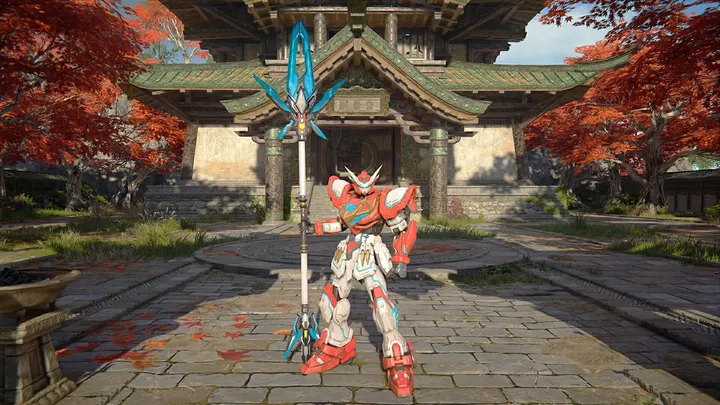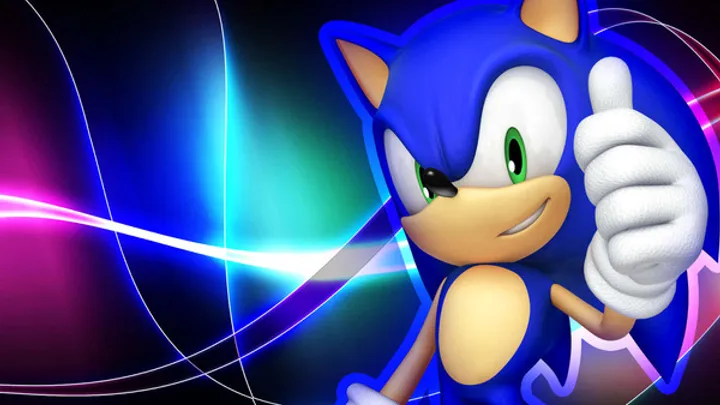Introduction
Counter-Strike 2 (CS2) is more than just a sequel; it’s a reimagining of a tactical shooter legacy that has defined esports for over two decades. Built on the Source 2 engine, CS2 brings visual overhauls, responsive mechanics, new smoke physics, and refined competitive systems. For both newcomers and veterans, mastering this version requires a blend of mechanical skill, tactical awareness, and adaptation to subtle but game-changing updates. This “how to” guide takes you step by step through every essential aspect of CS2, offering practical strategies, advanced techniques, and structured insights to help you dominate both ranked matches and professional-level play.
How to Get Started in Counter-Strike 2
If you’re new to CS2, the first step is familiarizing yourself with its basics. Download the game through Steam, configure your settings, and experiment in casual or deathmatch modes before jumping into competitive queues. These early sessions allow you to explore weapon handling, recoil patterns, and movement mechanics without the pressure of ranked play.
CS2 emphasizes fundamentals like crosshair placement, economy management, and team communication. Focus on improving these pillars before investing in advanced techniques. Setting achievable goals—such as consistent aim drills or learning one map thoroughly—prepares you for competitive play more effectively than chasing highlight-reel plays.
Early focus areas
- Train aim daily with bots or aim maps
- Learn basic recoil for rifles like AK-47 and M4A4
- Play unranked modes to build confidence
How to Optimize Settings and Performance
Performance and comfort are key to consistency in CS2. Start by optimizing video settings to maximize frames per second (FPS). Competitive players often favor lower graphics settings, ensuring clarity and reducing distractions. Smooth gameplay at high FPS is more important than visual fidelity in a tactical shooter.
Audio is another critical factor. Use quality headphones, enable “HRTF” (Head-Related Transfer Function) in audio settings, and fine-tune volume levels to detect footsteps, reloads, or dropped grenades. Small audio cues often dictate round outcomes.
Key optimization tips
- Disable motion blur, V-sync, and unnecessary effects
- Cap FPS to match monitor refresh rate
- Bind critical actions (jump throw, quick switch) for consistency
How to Master Weapons and Recoil
CS2’s weapons require practice to master. Unlike casual shooters, recoil patterns are predictable, meaning learning spray control is essential. The AK-47 delivers one-shot headshots, but demands discipline in tapping or burst fire. The M4A4 and M4A1-S are more forgiving but require spray mastery.
Sniper rifles like the AWP reward precision but punish recklessness. Shotguns and SMGs excel in specific ranges but should be used situationally, depending on economy and strategy. Commit to learning a handful of weapons deeply rather than spreading yourself thin across the entire arsenal.
Core rifles to master
- AK-47: High damage, precise control needed
- M4A4/M4A1-S: Accuracy with stability
- AWP: Instant pick potential, but high cost

How to Manage Economy in CS2
Counter-Strike is as much about money as it is about aim. Each round, teams earn based on performance, wins, and losses. Smart economy management—when to save, force-buy, or full-buy—often decides matches more than individual aim duels.
Coordinate with your team to align purchases. A full buy with rifles, armor, and utility is more effective than a scattered team with mismatched gear. Understanding loss bonus mechanics helps plan when to eco (save) and when to invest.
Economy principles
- Save after losing pistol to maximize round 3 buy
- Force-buys should be strategic, not desperate
- Prioritize armor and utility over flashy weapons
How to Use Utility Effectively
CS2’s utility—smokes, flashes, molotovs, and grenades—is more powerful than raw shooting skill when used properly. Smokes now have volumetric physics, meaning bullets and grenades interact dynamically. Learning lineups for key choke points gives your team strategic advantages.
Flashes are game-changers when timed well, while molotovs deny space or flush enemies from cover. Using utility proactively rather than reactively separates advanced players from beginners.
Must-know utility
- Smoke for Mirage mid window
- Flash for Inferno banana pushes
- Molotov for Dust2 car position
How to Communicate and Build Teamplay
Communication is the backbone of success in CS2. Teams that share information—enemy positions, utility used, economy status—always outperform silent squads. Use concise callouts based on map knowledge, and avoid cluttering voice chat with unnecessary chatter.
Beyond communication, building synergy with teammates is essential. Practicing executes, setting crossfires, and trading kills ensures rounds don’t rely on individual heroics. Trusting your team creates consistency in a game where one mistake can swing momentum.
Communication rules
- Call enemy positions with map-specific names
- Share economy status to sync buys
- Encourage, don’t tilt, when mistakes happen
How to Learn and Master Maps
Every map in CS2 has distinct choke points, bombsites, and tactical flow. Start by specializing in one or two maps, mastering callouts, utility lineups, and common angles. This approach builds confidence and allows you to contribute meaningfully in matches.
Studying professional demos is one of the fastest ways to learn advanced tactics. Observing how pro players take map control, trade kills, and rotate can drastically improve your understanding. Pair this with time spent in offline servers practicing lineups.
Map study tips
- Focus first on Mirage, Inferno, and Dust2
- Learn at least 3–4 smokes per map
- Watch pro demos for tactical depth

How to Improve Aim and Mechanics
Aim is king in CS2, but raw aim requires structured training. Use aim training maps or third-party software like Aim Lab for daily practice. Focus on three elements: flicking, tracking, and spray control.
Movement mechanics also affect aim. Master counter-strafing (stopping movement before shooting), crouch-peeking, and jump throws. These mechanics give you accuracy advantages over opponents who shoot while moving or rely only on reflexes.
Aim training routine
- 15 minutes of flick drills against bots
- 15 minutes of spray transfer practice
- 15 minutes of tracking on community maps
How to Adapt to Competitive Meta
CS2’s competitive meta evolves with patches, weapon balances, and pro scene innovations. Staying updated is essential for remaining relevant. Watch patch notes closely, as changes to weapons, utility, or maps often shift how rounds are played.
Adaptability means being open to trying new strategies and abandoning outdated habits. For instance, learning how to deal with CS2’s new smoke mechanics was critical after launch. The ability to evolve with the game ensures longevity.
Staying updated
- Read patch notes every update
- Follow pro tournaments for strategies
- Join forums or communities to share insights

How to Climb Ranks and Compete at Higher Levels
Climbing the CS2 ranking system requires more than good mechanics—it requires consistency, discipline, and mental toughness. Play with a fixed group of teammates if possible, as coordination improves win rates. Focus on learning from losses rather than tilting.
Watching your own replays is invaluable. Identifying mistakes, poor positioning, or wasted utility helps correct patterns. Consistency in fundamentals—economy, aim, and communication—will naturally push you up the ranks.
Ranking up checklist
- Play with a regular stack when possible
- Review replays for mistakes
- Stay calm and focus on improvement over ego
Conclusion
Counter-Strike 2 represents a new era of tactical shooters, blending classic depth with modern innovations. Mastering the game is a journey: starting with basic mechanics, optimizing performance, learning maps and weapons, and ultimately adapting to the ever-shifting meta. By focusing on structured training, communication, and smart decision-making, players can build both individual skill and team-based success. CS2 rewards patience, discipline, and adaptability—the very traits that built its legacy.








